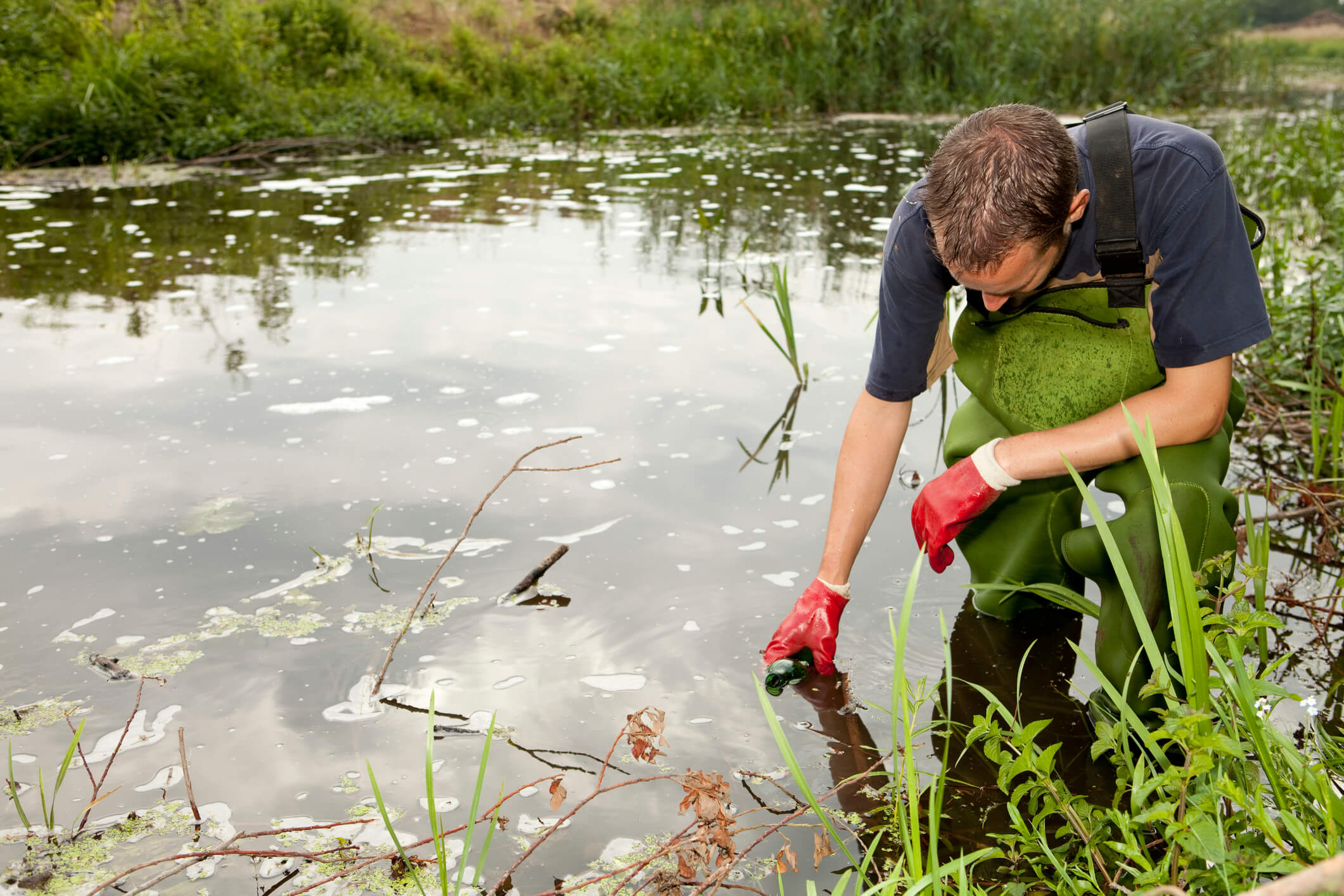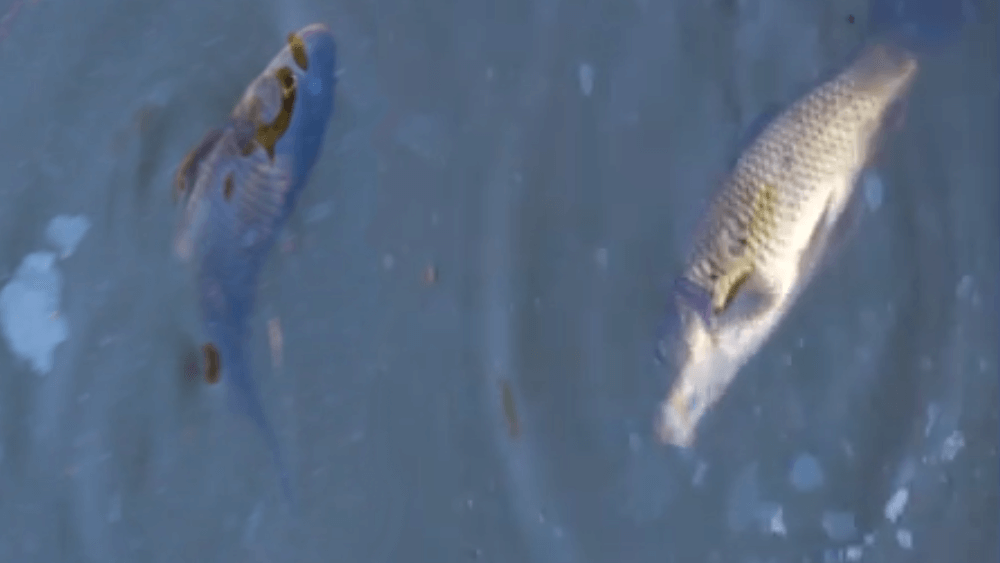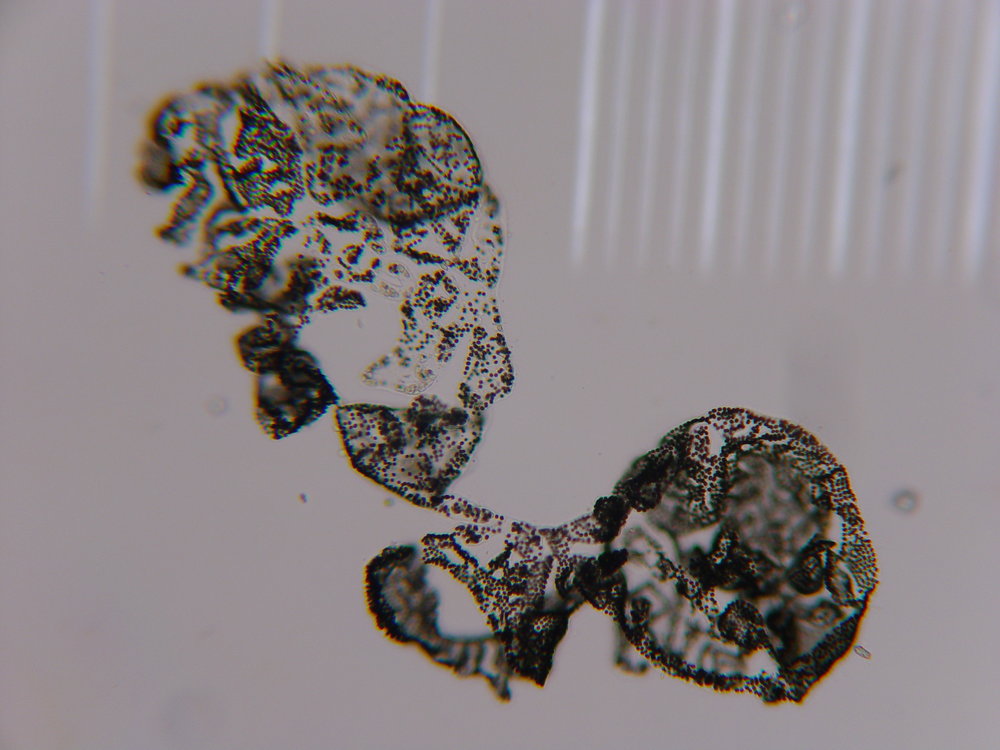Algae Corner: Using the "Jar Test" to Assess Your Water Quality
Welcome back to the Algae Corner with me, Dr. West Bishop!
We have a very exciting episode today. We’re going to demonstrate a simple water test you can do with just a clear jar, hence the name “jar test.”
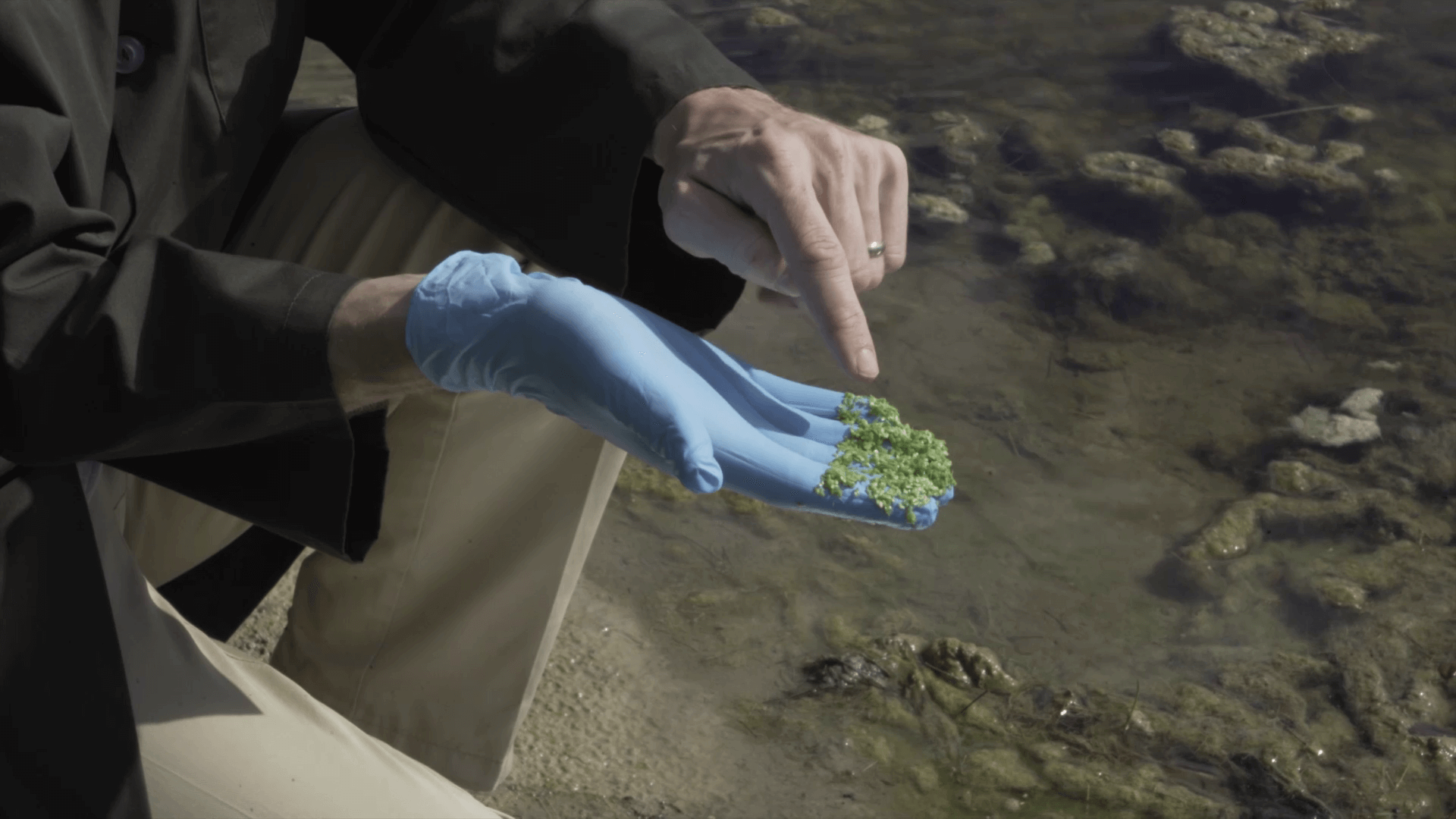
Algae Corner: Identifying Weeds & Algae by Look and Feel
Want to get Updates? Get the latest news by subscribing to our channel:
Why would you want to do a jar test?
Let’s say historically, your water has been really clear. You can see your fish swimming around. When you go swimming, you can see your toes at the bottom of the waterbody. But over time, maybe that visibility has decreased. There's more turbidity or algae, or something else causing you not to be able to see as clearly as you once did.
The purpose of the jar test is to give us a diagnostic investigation of what may be causing the negative water quality and clarity issues so you can improve your pond’s water quality. You can determine whether you need to get rid of algae in your pond, mitigate nutrients, and so on. So let's get started!
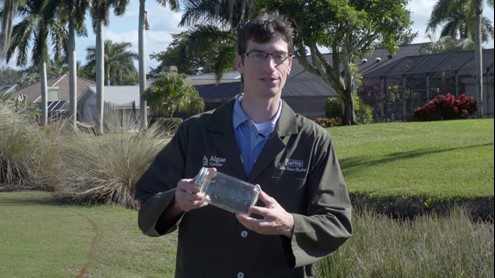
How to do a jar test
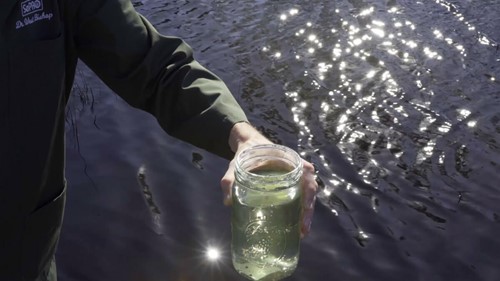
Get any type of clear glass or plastic jar and simply walk down to your pond or lake to take a sample. You’ll want to take a representative sample from the pond or lake system of the water that's causing the issue. And all you’ll need to do here is simply put the cap back on and let it sit on a flat surface like a patio overnight for about 24 hours.
After you let that jar sit, you can come back and take a look at it. We’ll go through a few different scenarios on what that jar may look like, and what may be the culprit to your water clarity issues.
Scenario 1: Green/brown water throughout
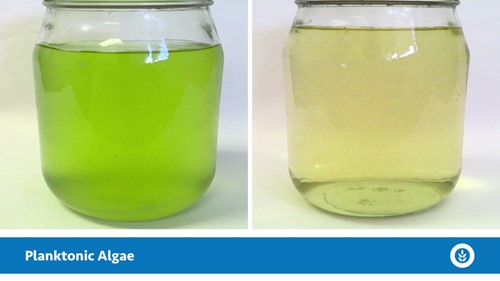
If that jar is all greenish and brownish throughout, and it’s pretty uniform, you're likely dealing with a planktonic algae issue. This could be green algae or diatoms, or likely a mix of a bunch of different types of planktonic algae. If that's the case, you may want to get rid of algae in your pond.
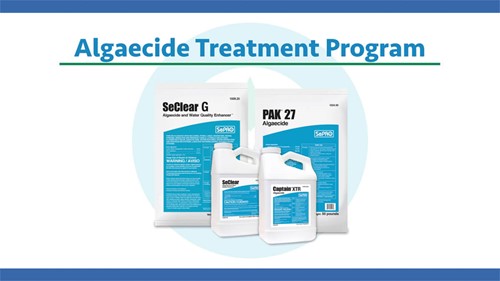
We would likely need to get you on an algaecide treatment program and then follow up with a water quality improvement program to keep that algae from growing right back.
Scenario 2: Dark/chocolatey water
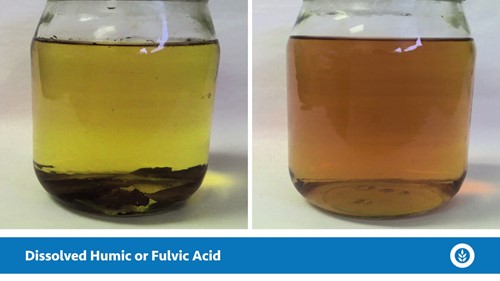
If you look at that jar and it's very dark, even sort of dark chocolatey, it could very well be dissolved humic or fulvic acids. Tannins can contain these, and they leach out of oak leaves. It could also be coming from peat moss or other organic matter.
Scenario 3: Scum sitting on top of the water
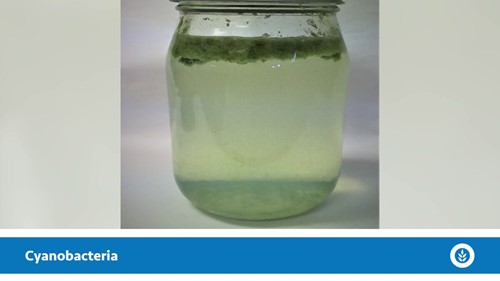
In another scenario, you may come back and look at that jar and see scum sitting on the top. You may have a little bit that also fell down to the bottom, but mostly you have a surface scum sitting on the top. This is likely a scum-forming cyanobacteria issue. Please be careful, because these guys are potential toxin producers. You won’t want to breathe in those toxins or touch the algae without gloves on. In this situation, it’s very important to get rid of the algae in your pond, because it can actually be harmful.

The best way to do that is to look into an algaecide treatment program to control that cyanobacteria as quick as you can. You’ll also need to keep that growth down, in order to keep it safe for people and animals that spend time near or in the water.
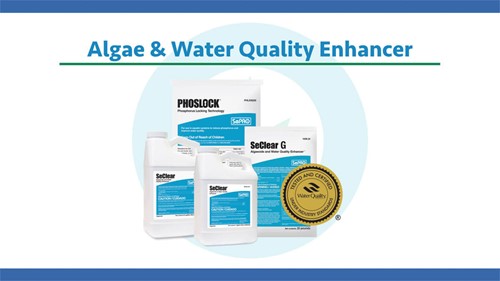
Once you have eliminated the algae, you’ll want to look into a water quality improvement program. Something that can take out nutrients, changing your system to remove the “food” that algae need.
Scenario 4: Material on the bottom of the water
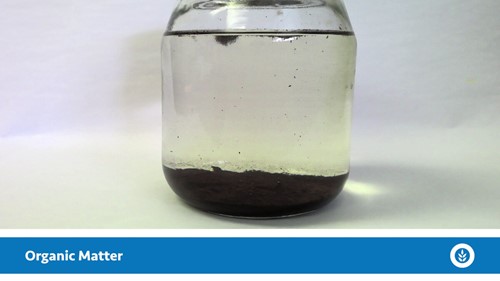
If your jar looks like this and everything's fallen to the bottom, forming a sort of fluffy, darker brown layer, it's likely organic matter. This could be stirred up from the bottom of the pond in a lot of different ways. It could just be the wind blowing and stirring it up. A lot of times, fish and other wildlife can stir it up from the bottom if they're searching for food, creating spawning grounds, or just swimming around down there.
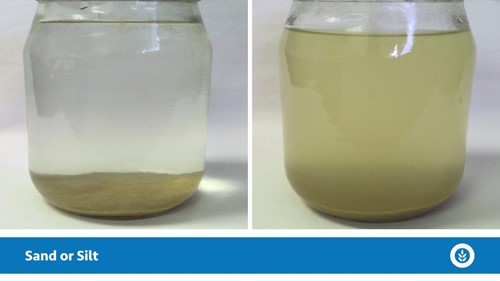
If it's more of a lighter, sort of off-white color, it's likely sand or silt that could be the culprit of those clarity issues.
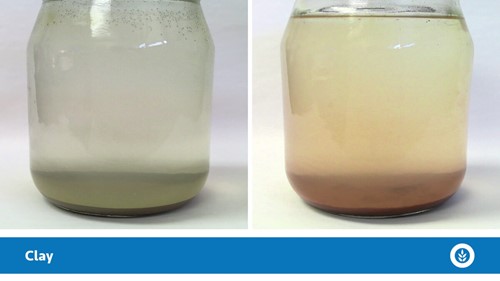
If it's darker and reddish-brown or gray in color, it could be clay that was suspended in the water column.
In these scenarios you’ll want to look around the pond for any potential sources of sediment coming into the pond. You may want to evaluate erosion control strategies if those sediments are the culprit of your water quality or clarity concerns.
In Summary
If you want to get more specific on exactly what's causing your water clarity issues in your pond or lake system, please feel free to reach out to us! You can send us a picture, you can text us, or you can get ahold of your local SePRO Technical Specialist.
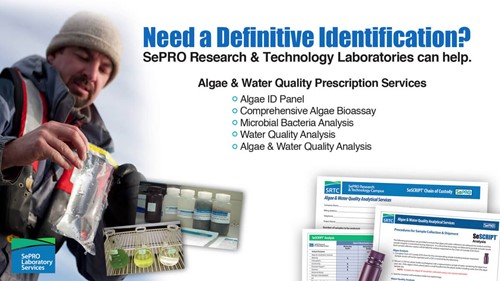
You can also send in a SeSCRIPT sample. That will allow us to get a lot more precise algae identification or specifically identify the culprit to those negative water clarity issues in that sample. Thanks for checking out another episode and we’ll see you next time!


